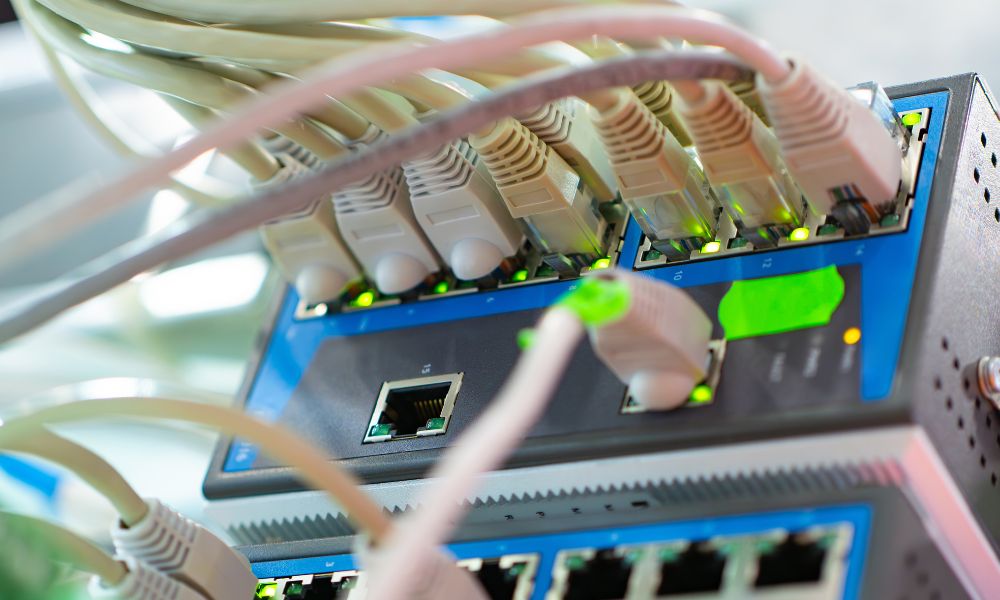
Maintaining a wired connection is essential for your network, so you need the best cables. Ethernet cords are your go-to choice for ensuring a strong connection. The different categories—Cat6 and Cat6a—affect your network differently. Read on to learn the differences between Cat6 and Cat6a cables to understand how they work and how you may benefit from them.
Cat6 Cables
A Cat6 Ethernet cord is typically part of office networks, connecting computers, phones, and other devices to make a system of speedy transmission. Cat6 has a transmission speed of 1 Gbps and a bandwidth of 250MHZ, making it significantly faster than Cat5 or 5e.
The flexible cable is easy to install and transfers data over a maximum of 128 feet, making it optimal for small settings such as an office floor or home office. Many people like them since they’re reliable and improve most networks. Consider buying Cat6 Ethernet cables in bulk for the benefits of fast transmission and easy cord management.
Cat6a Cables
Cat6 and Cat6a have some similarities and significant differences. The Cat6a is an improvement from the Cat6. The cable jacket and wires are thicker, lending to its enhanced durability and making it an asset in data centers where reliability is necessary.
These cords work better in office centers than the Cat6 because of their performance and durability in a variety of temperatures. A significant difference between the Cat6 and Cat6a cables is the faster speed the latter provides.
The Cat6a has transmission speeds of 10 Gbps and a bandwidth of 500MHz, creating network speeds that outclass the Cat6. The cable transfers data within a 328 ft range, providing possibilities for connections across an entire building.
Which Is Better for a Network?
Using a Cat6a for your network is best. While the Cat6 is reliable and favored by many people, the Cat6a has numerous improvements that make it much better.
The faster transmission and high bandwidth ensure data transfers swiftly. The durability of the cable’s structure prevents lost transmissions due to damage. The tighter twists of the Cat6a reduce crosstalk and provide more versatility in cord management, thanks to the low risk of interference.
Understanding the types of Ethernet cables and their capabilities is important for finding new ways to improve your network. Consider how a Cat6 or 6A advances your network, and buy in bulk from CableWholesale. We have just what you need for your setup!



